The Pond culture of Indian, Chinese and the common carps in probably the mot ancient system of aquaculture in Asia, although its importance and contribution to fish production differ considerably among the various countries of the region. There are plans for the expansion of carp culture in almost all the countries through the transfer of existing technologies and their adaptation and improvement through research. 21 cultivated species and species combinations. The traditional form of carp culture in South Asia is based on the so called Indian major carps, cattle (Cattle cattle), rohu (Labeo rohita), marigal (Cirrhina mrigala) and calbas (Labeo calbasu). The three varieties of common carp (Cyprinus carpio) were introduced into India almost a century ago for culture in certain areas, but the interest in the culture of exotic carps became substantial only some two decades ago with the introduction of the Chinese carps (grass carp, Ctenopharyn God on idella, and silver carp, hypophthalmichthyus molitrix). As the Indian major carps, like the Chinese carps, do not breed in stagnant ponds and generally spawn only in their natural habitat, the farmers had to obtain the seed in the form of eggs, hatchlings and fry from rivers. The seed of all the species occurred together in nature and could not be sorted out easily according to species. The farmers, therefore, collected and cultured them, together in ponds. Thus a system of polyculture evolved.
A Case Study on Intensification for Freshwater Fish Culture and Training
In stock
Free & Quick Delivery Worldwide
reviews
Bibliographic information
Title
A Case Study on Intensification for Freshwater Fish Culture and Training
Author
Edition
1st ed.
Publisher
Cyber Tech Publications, 2011
ISBN
9788178846651
Length
254p., 23cm.
Subjects

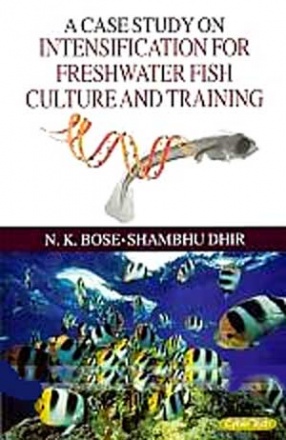
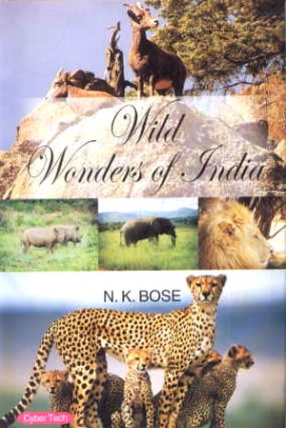

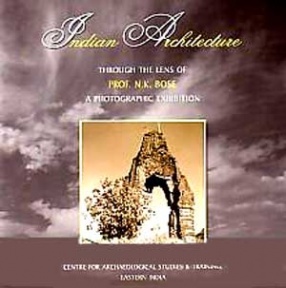
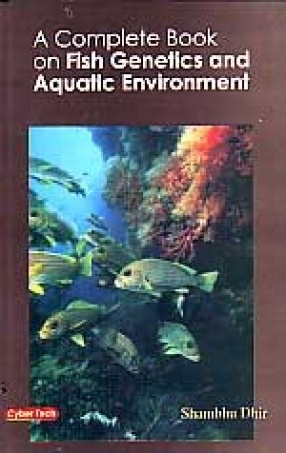
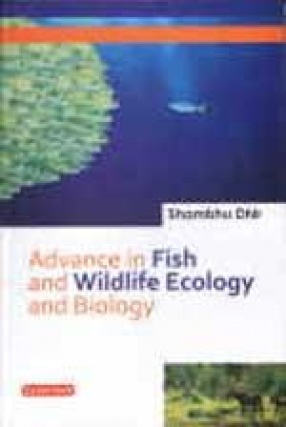
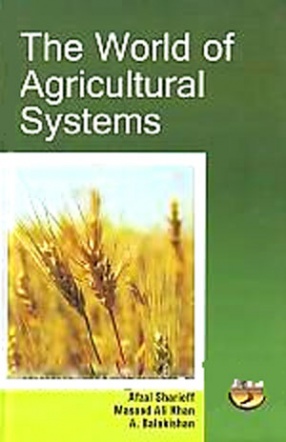
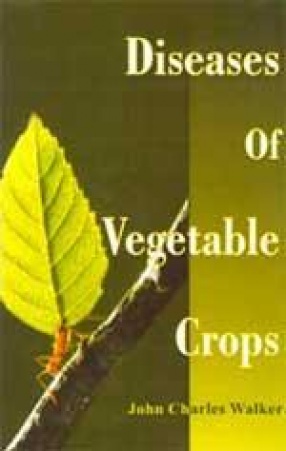
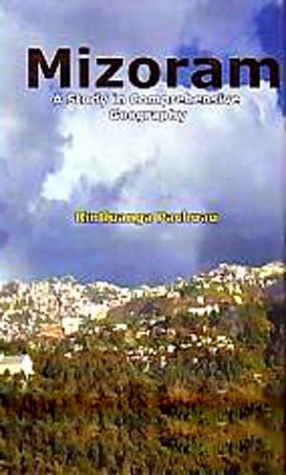
There are no reviews yet.